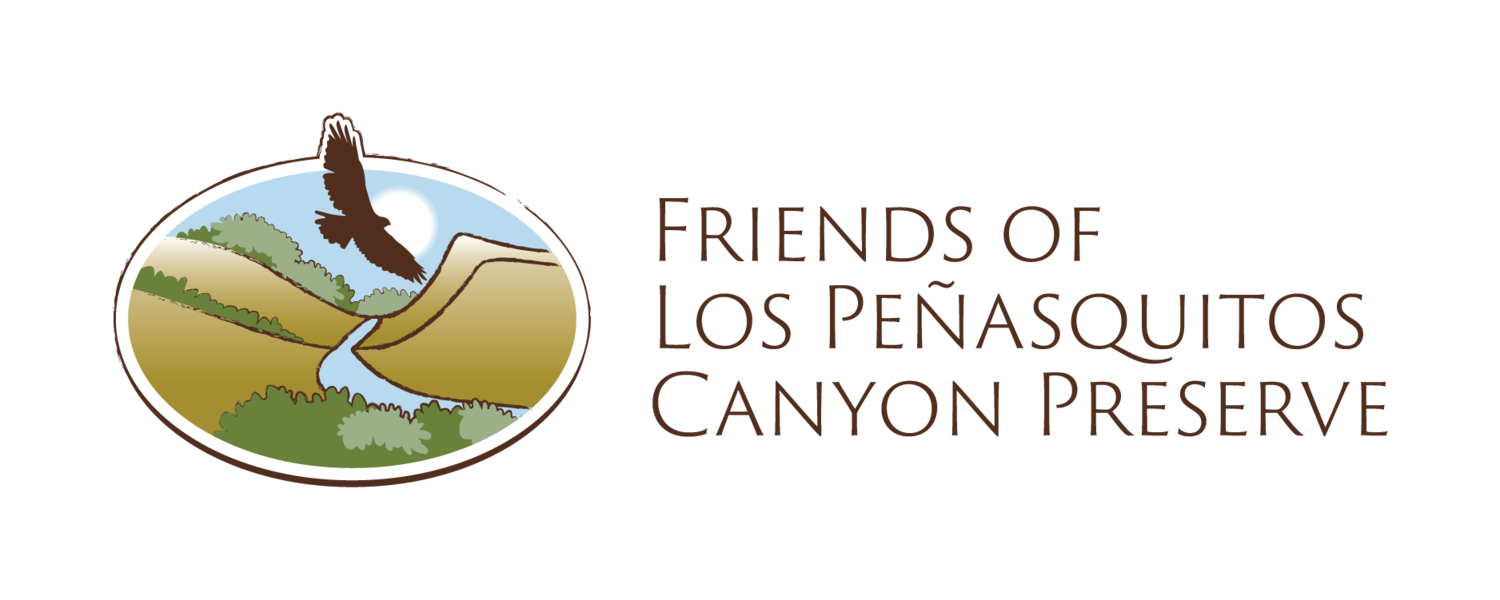Native Bees vs Honey Bees: There are Big Differences
By Sally Davis
While working at a table at the Balboa Park World Bee Day in June, I noticed that everyone that walked by the display tables was fascinated by bees. They wanted to learn all about bees and to learn what can be done to help them. But, when I asked this one question, all I got from everyone, except for one couple, were stares of puzzlement.
My question was: Did you know that there are bees other than honey bees?
Here is what I have learned:
HONEY BEES:
Honey bees were brought over from Europe in the 17th century. They have a queen, live in colonies in hives, make honey which is stored in honeycombs, and are aggressive. They will attack to protect their queen and the hive. They are used to pollinate crops. Truckloads of hives from the greater Northwest are sent to Central California annually, mainly to pollinate almond crops.
Honey bee photos from Getty Images
NATIVE BEES:
Examples of native bees from “Pollinator Friendly Yards” on Facebook
Native bees on the other hand, are typically solitary and live in the ground, in dead wood, brush piles or in hollow flower stems. They have no queen except for a few native bumble bees. They are not aggressive and most males have no stingers. Females will only sting if someone gets too close to their nest.
In San Diego County alone, there are close to 700 species of native bees. In the U.S., there are about 4000 species of native bees, and more than 20,000 species of native bees in the world.
The biggest difference between native and honey bees is that native bees pollinate 60-100% more flowers than honey bees. How do they do that?
Pollen is all important to the honey bee. When they fly into a flower, they are looking for nectar. They get covered with pollen when they brush against the anthers. Then the honey bee will brush the pollen on their body down into their specialized pollen baskets so they can save it and take it back to the hive. The pollen is stored in the honeycomb for food for themselves, their larvae and the queen. When a honey bee flies to the next flower, the only way to pollinate is to brush the flower’s stigma (female part) with either of the pollen baskets on their hips.
Honey bee with loaded “pollen baskets”
Photo from “HONEY BEE” on Facebook
A native bee will dive into the flower and wallow around hunting for nectar, and sometimes will even sleep in the flower. As they dive in, they will get completely covered in pollen. When they head to the next flower, any part of their body, head, legs, belly, back etc. brushing against the stigma will pollinate that flower, and the next flower, and the next, and the next.
It is estimated that native bees pollinate 80% of flowering plants and 75% of the fruits, nuts, and vegetables grown in the US.
Native Halictus farinosus covered in pollen
Female Halictus farinosus are the largest of sweat bees. This one is gathering pollen from a California poppy. Found during spring to fall throughout most of California nesting in small groups in soil. (Rollin Coville) Source: UC Berkeley Research
What can we do to help our Native Bees that do so much for us?
In addition to habitat restoration projects around the county, it is important for as many of us as possible to plant native nectar plants (flowering plants) in our yards. Choose native nectar plants using information from organizations like the California Native Plant Society. Just type in your address and up will pop photos and information on dozens of native plants that are biologically correct for your yard! Native bees evolved along with flowers and trees creating many that have symbiotic relationships with each other.
Any plant we add for the native bees will also be helping the other pollinators including butterflies, beetles, hummingbirds, moths, and of course honey bees.
About the author: Sally Davis
Several years ago, Sally took an advanced training class at the San Diego Natural History Museum (the NAT). Dr. Michael Wall, Ph.D., Curator of Entomology and director of the Biodiversity Research Center, presented the class and provided insight into the world of native bees. It was an eye-opening experience. Sally continued to build upon her knowledge of native bees through additional classes at the NAT, and reading books such as Dr. Doug Tallamy's Bringing Nature Home which states "wildlife populations are in decline because the native plants they depend on are fast disappearing." His solution? Plant more native plants. Sally also visited several native plant nurseries like Moosa Creek Nursery in Valley Center and Tree of Life Nursery in San Juan Capistrano and studied and used the CA Native Plant Society website.







